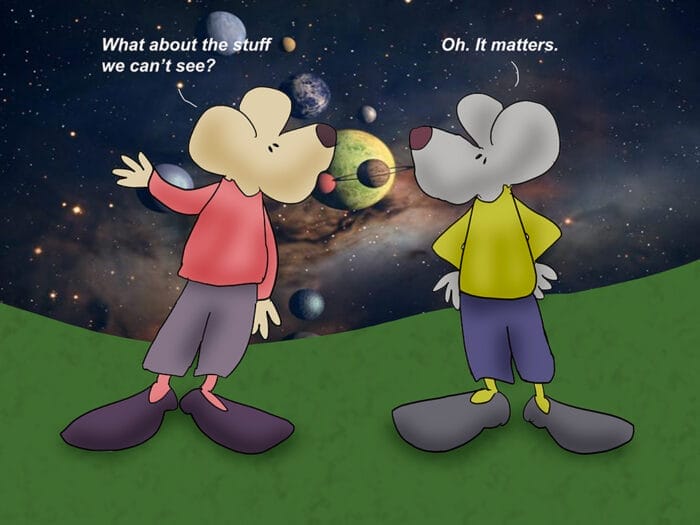I like to look up at the sky, be it day or night. It reminds me that we are just an incredibly minute part of a much bigger, bigger existence.
I always say we are dumb humans, and in a lot of ways, we are. I don’t wish to discredit all the very smart people of this earth. That’s not what I mean at all when I say dumb humans. I know there are brilliant scientists, scholars, artists, and on and on. And on some more.
But let’s face it. The observable universe contains two trillion galaxies, give or take a few hundred million. And our little galaxy swims in the midst of that incredible immensity.
A couple of weeks ago, scientists discovered a big dang deal. They found these neutrinos that exist in the suns. They are describing these as the “ghostly signal” that reveals the engine of the universe. Without getting into the whole big drawn-out explanation, it has to do with nuclear fusion reactions in the sun. It is the thing that makes the stars burn bright.
Here’s the thing about all of that. The reason I call us dumb humans. I used the term “observable” universe. That’s because we haven’t figured out how to observe the rest. You see, even though people have studied the deep, deep space for thousands of years, we still know relatively little about the universe.
All of the universal matter — the stars, the planets, the moons — the things can be detected by current methods, comprises only about 5 percent of the total matter in the universe. Those are the things we know how to see.
“Dark matter” makes up the rest, along with something known as dark energy. I don’t like the terms. I wish they would have called it “undetermined matter” or something. Dark matter sounds like Darth Vader and the Death Star.
Anyway, when you look upward with your telescope and see Venus or Cassiopeia, you are seeing what we know. A part of that 5%. Those trillions of galaxies are a part of that 5%. The rest — that 95% — is too “different” for us humans to see. We can’t figure it out.
And that, I suspect, is our netherworld.
For the record, so you don’t get this wrong on Trivia Night at Jerry’s Bar & Grill, “black holes” are not dark matter. Nopers. Black holes are extremely “dense” matter. They are so dense and have such intense gravity that nothing—not even light—can escape them.
I’m only going to say this once. I also have a theory that black holes leak into the minds of certain humans. You know the type. Those very dense ones incapable of seeing the light.
Back to what we do know. When you see a star in the night sky, you are seeing how it was a long time ago. We’ve all heard that the Sun’s light takes almost 8.5 minutes to travel to Earth. So anytime we look at the sun, we see its appearance from 8.5 minutes ago.
The nearest star to Earth is one called Proxima Centauri. Good old Proxy is 4.2 light-years away, so it appears to our eyes as it was 4.2 years ago. And the next closest galaxy? It is a whopping 2.5 million light-years away. So we view it as it looked when our hominid ancestors walked the planet. Ape-ers.
I’ve talked a lot lately about randomness and design, about choices and outcomes, and all the other parts spinning around meaning or ambiguity. I have to wonder about that 95% that is around us, those things we do not know.
I like to look up at the sky, be it day or night.
==========
“People are supposed to fear the unknown, but ignorance is bliss when knowledge is so damn frightening.”
― Laurell K. Hamilton, The Laughing Corpse
===========
“One is never afraid of the unknown; one is afraid of the known coming to an end.”
― Krishnamurti
==========
“Coincidences give you opportunities to look more deeply into your existence.”
― Doug Dillon
==========
Most of everything is in the dark. It matters.
